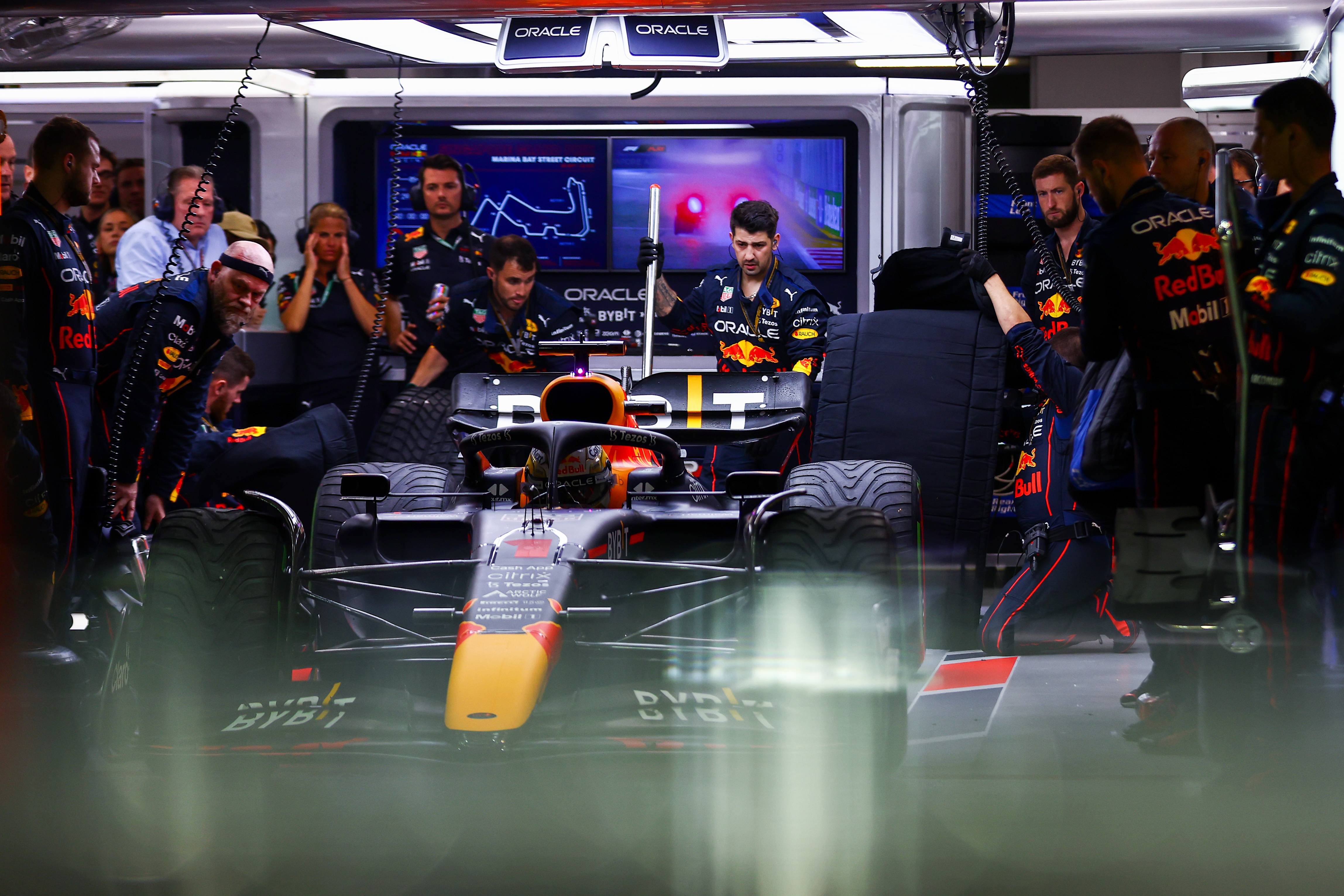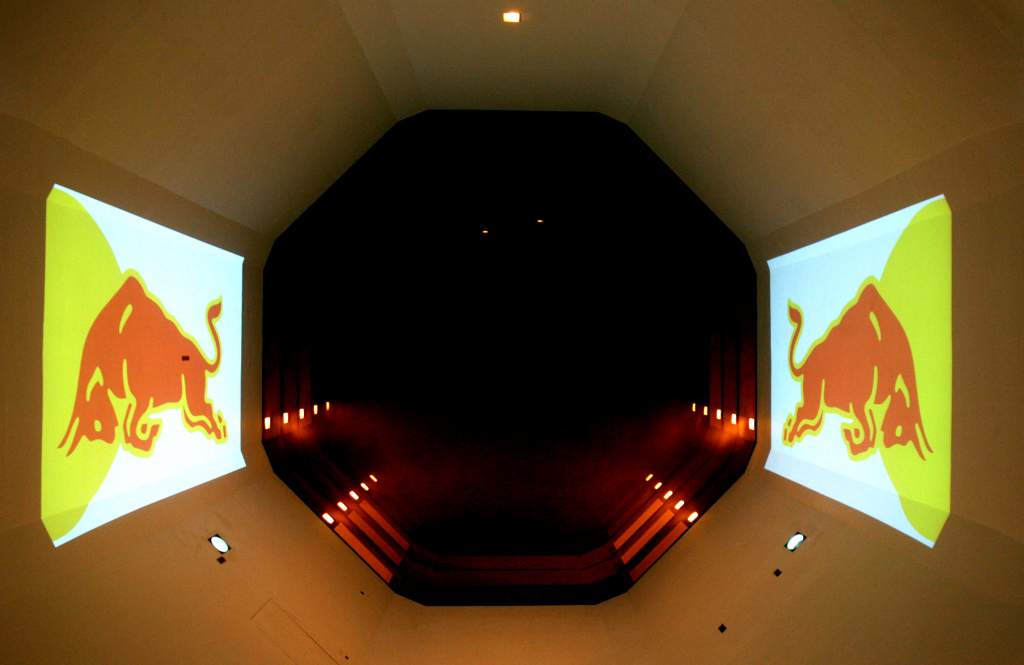Up Next

Red Bull’s budget cap breach has cost it a reduction in its aerodynamic testing allowance that is broadly the equivalent of an extra 1.5 places in Formula 1’s constructors’ championship.
F1 introduced a handicap system that means successful teams have less windtunnel and computational fluid dynamics (CFD) testing.
It was applied for the first time in 2021 with 2.5% increments between the positions, but this increased to 5% in 2022.
From this season onwards the team finishing last gets 115% of a baseline allowance, dropping to only 70% for the winning constructor.
The numbers are based on a limit for windtunnel and CFD work for what is called an ‘Aerodynamic Testing Period’. There are six of these in a year, mostly lasting 8 weeks.

Based on the normal allowances, Red Bull would be entitled to 70% of the baseline limit for 2023, which would equate to 224 windtunnel runs and 1400 CFD items per ATP.
This would be 16 windtunnel runs fewer than nearest rival Ferrari and 32 fewer runs than Mercedes. In CFD terms it would mean 100 items versus Ferrari and 200 compared to Mercedes.
What Red Bull would have had
Per ‘Aerodynamic Testing Period’ of ~8 weeks
| As-it-stands 2022 position | Team | % of aero testing limit | # of windtunnel runs | # of CFD items |
| 1 | Red Bull | 70 | 224 | 1400 |
| 2 | Ferrari | 75 | 240 | 1500 |
| 3 | Mercedes | 80 | 256 | 1600 |
| 4 | Alpine | 85 | 272 | 1700 |
| 5 | McLaren | 90 | 288 | 1800 |
| 6 | Alfa Romeo | 95 | 304 | 1900 |
| 7 | Aston Martin | 100 | 320 | 2000 |
| 8 | Haas | 105 | 336 | 2100 |
| 9 | AlphaTauri | 110 | 352 | 2200 |
| 10 | Williams | 115 | 368 | 2300 |
But Red Bull’s penalty for breaking the budget cap means a 10% reduction against what it was entitled to. So, instead of 70%, Red Bull will have 63%.
This works out as 201.6 windtunnel runs and 1260 CFD items per ATP. As the sporting regulations define that these values “will be rounded up to the nearest integer”, the windtunnel runs should be rounded up to 202.
That’s a reduction of 22 windtunnel runs and 140 CFD items per ATP. So, effectively, Red Bull has lost the value of 1.4 championship positions, and in doing so sacrificed an amount of windtunnel and CFD work compared to its nearest rivals that will have an impact.
Red Bull’s new allowance versus rivals
Per ‘Aerodynamic Testing Period’ of ~8 weeks
| As-it-stands 2022 position | Team | % of aero testing limit | # of windtunnel runs | # of CFD items |
| 1 | Red Bull | 63 | 202 | 1260 |
| 2 | Ferrari | 75 | 240 | 1500 |
| 3 | Mercedes | 80 | 256 | 1600 |
The second-placed team will have 38 more windtunnel runs and 240 more CFD items in its allowance per ATP next year – which in real terms (not ATR percentages) is almost 20% more than the work Red Bull conducts.
Of note is the fact that Red Bull’s limitation is valid for a period of 12 months from the date of execution of the Accepted Breach Agreement.
The ABA was entered into on Wednesday, October 26. That means that Red Bull’s new limit kicks in immediately and will be valid for whatever development work it completes in the final part of 2022.
While this will likely be a lower value than its rivals wanted it does mean that the final stages of Red Bull’s 2023 car development will be impacted by its aerodynamic testing limitations.
And as this will carry through to the end of October next year, Red Bull will also be limited in balancing its windtunnel and CFD allowance across the in-season development of its 2023 car and any early work on the 2024 design.



